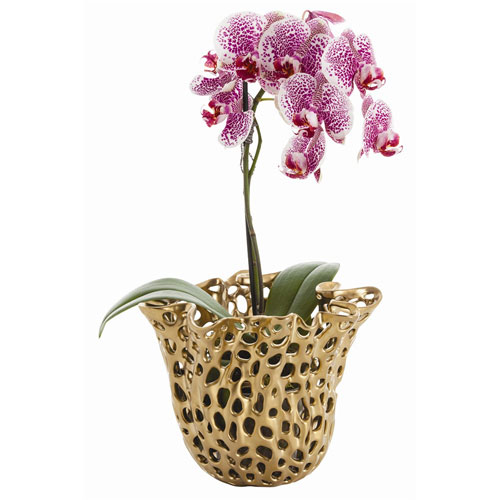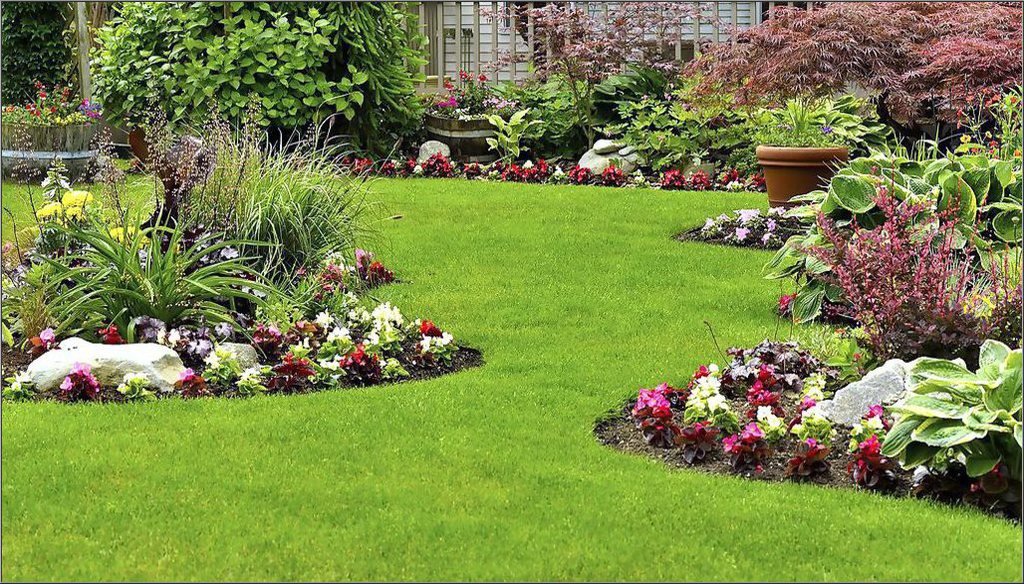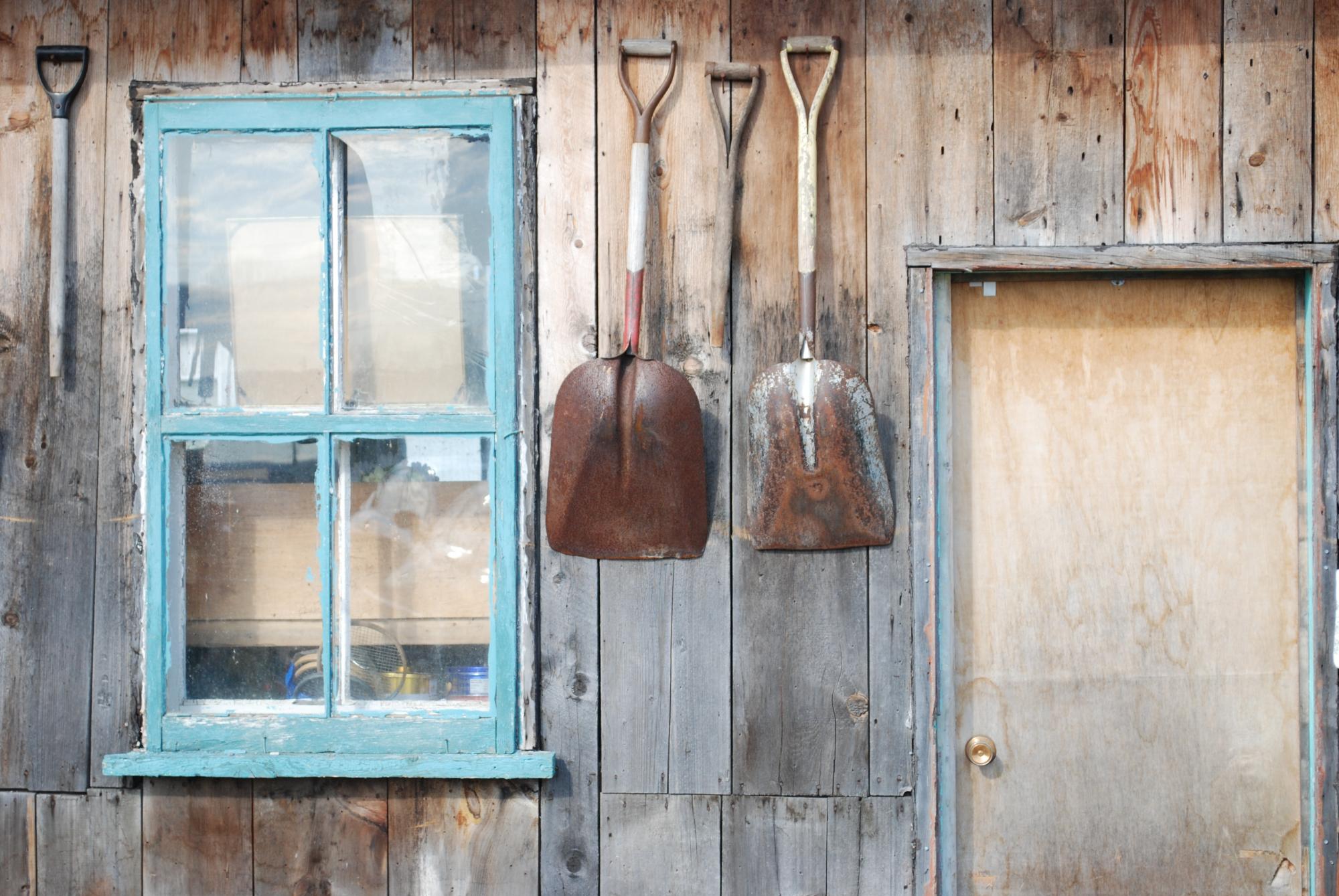Did you know that some flowers thrive in scorching summer heat? When the mercury rises, certain blooms stand tall and vibrant, defying the sun’s relentless rays. In hot climates, these resilient beauties not only survive but also bloom with unparalleled brilliance. Imagine your garden adorned with stunning colors even under the blazing sun.
Discover which flowers can withstand high temperatures and still blossom magnificently. Unearth tips and tricks to ensure your garden remains a colorful oasis during the sweltering summer months. Get ready to transform your outdoor space into a dazzling display of summer blooms!
Key Takeaways
- Choose heat-tolerant flowers: Opt for varieties like Blanket Flowers and Canna Lilies that thrive in hot climates.
- Add tropical-looking flowers: Consider shopping for Ground Orchids and Bottlebrush for a vibrant, exotic touch to your garden in warm weather.
- Implement gardening tips: Water deeply, mulch to retain moisture, and provide afternoon shade to help your summer blooms withstand the heat.
- Include companion plants: Pair your roses with pollinator-attracting flowers like Lavender and Bee Balm to create a flourishing ecosystem in your garden.
- Maintain a pollinator sanctuary: Foster biodiversity by creating a welcoming space for bees, butterflies, and other pollinators with a variety of nectar-rich flowers.
- Regularly maintain your summer blooms: Deadhead spent flowers, prune as needed, and monitor for pests to keep your garden looking its best throughout the season.
Understanding Heat-Tolerant Flowers
Heat Impact
High temperatures can harm flowers by causing wilting and damaging delicate blooms. Excessive heat stresses plants, leading to reduced flowering and shorter bloom periods. To combat this, choosing heat-tolerant flowers that can withstand these conditions is crucial.
Heat stress negatively affects flower growth and development, impacting the overall health of the plant. For instance, marigolds are known for their ability to thrive in hot climates due to their heat tolerance. These flowers maintain vibrant colors even during scorching summers.
Pros:
- Thrive in high-temperature environments
- Maintain vibrant colors despite extreme heat
Cons:
- Require regular watering to cope with heat stress
Drought Tolerance
Drought-tolerant flowers have mechanisms that help them survive extended dry spells by conserving water efficiently. Opting for such plants reduces water consumption in arid regions significantly. Succulents like cacti store water in their leaves and stems, making them perfect choices for hot climates.
Choosing drought-tolerant flowers not only benefits the environment but also ensures your garden remains lush even during prolonged dry periods when other plants struggle to survive.
- Select succulents like aloe vera or sedum for low-maintenance options.
- Consider planting lavender or blanket flower for beautiful blooms without excessive watering needs.
Choosing Flowers for Hot Weather
Heat-Tolerant Varieties
Heat-tolerant flower varieties thrive in hot climates due to their ability to withstand high temperatures. These flowers have been specifically bred or selected for their resilience against extreme heat. With a diverse selection of colors, shapes, and sizes, gardeners can find the perfect heat-tolerant blooms to adorn their gardens. For example, sunflowers, zinnias, and marigolds are popular choices known for their ability to flourish even in scorching weather.
When selecting heat-tolerant flowers for your garden in a hot climate, consider factors like the amount of sunlight your garden receives and the average temperature during summer months. Some varieties may require more shade or frequent watering despite being labeled as heat-tolerant. It’s essential to research each plant’s specific needs before planting them in your garden to ensure they thrive under the prevailing conditions.
Drought-Resistant Picks
Drought-resistant flowers are ideal for regions with limited water availability and high temperatures. These plants possess unique adaptations such as deep root systems that allow them to access water from deeper soil layers where moisture is retained longer. Many drought-resistant flowers feature waxy leaves that help reduce water loss through evaporation. By choosing drought-resistant blooms for your garden in hot climates, you not only maintain a visually appealing landscape but also contribute towards conserving precious water resources.
Consider incorporating succulents like sedum or yucca into your flower bed if you live in an area prone to droughts or experience scorching summers regularly. These plants store water within their fleshy leaves or stems, making them exceptionally resilient during extended periods without rainfall. Pairing these drought-resistant options with other heat-loving blooms can create a vibrant and sustainable garden that thrives even under challenging climatic conditions.
Tropical-Looking Flowers for Warmth
Princess Flower

Princess flower, scientifically known as Tibouchina urvilleana, is a breathtaking flowering shrub originating from Brazil. This vibrant plant thrives in hot climates and graces the summer with its striking purple blooms. To flourish, Princess flower needs abundant sunlight and well-drained soil that allows its roots to breathe. The vivid hues of this tropical beauty can add a touch of exotic charm to any garden or landscape.
In contrast to the bold colors of the Princess flower, Lemon Verbena (Aloysia citrodora) offers a fragrant and versatile option for warm climates. With its lemon-scented leaves, Lemon Verbena serves both culinary and aromatic purposes. Gardeners can utilize its foliage in cooking or enjoy it as a natural air freshener by simply brushing against the leaves. For optimal growth, Lemon Verbena requires well-drained soil that retains moisture without becoming waterlogged — regular watering is essential to keep this herb flourishing throughout the season.
Ground Orchid and Bottlebrush
Orchid Care

Ground orchids are stunning flowers that require specific care, especially in hot climates. To ensure their growth, it’s crucial to provide adequate humidity and shield them from direct sunlight. Proper watering techniques play a vital role in helping ground orchids thrive in the scorching heat. Moreover, fertilizing these delicate blooms is essential for their overall health and beauty.
When caring for ground orchids in hot climates, consider placing them strategically where they can receive indirect sunlight to prevent damage. These flowers are sensitive to extreme temperatures, so maintaining a consistent level of moisture is key to their well-being. By following these care tips diligently, you can enjoy vibrant blooms all summer long.
Bottlebrush Attributes

Bottlebrush plants, also known as Callistemon, are resilient shrubs that excel in hot weather conditions. Their unique brush-like flowers not only add charm but also attract hummingbirds and butterflies to your garden. The presence of these pollinators enhances the biodiversity of your outdoor space while adding a touch of elegance with the bottlebrush’s distinctive appearance.
For optimal growth and blooming potential, bottlebrush plants thrive when exposed to full sun throughout the day. Ensuring that they are planted in well-drained soil promotes healthy root development and prevents waterlogging issues during periods of intense heat. By incorporating bottlebrush shrubs into your garden landscape under suitable conditions, you can create a colorful oasis teeming with life.
Canna Lily and Blanket Flower
Canna Lily Care

Canna lilies, known for their vibrant colors, are perfect for hot climates. These plants thrive under full sun exposure, needing regular watering to stay healthy. To boost their blooming performance, proper mulching and fertilization are essential. Imagine canna lilies as sun-loving flowers that need consistent care to bloom beautifully.
Canna lilies stand out in gardens with their bold hues in the scorching summer heat. With a bit of attention to sunlight and water needs, these stunning flowers can flourish even in the hottest climates.
Pros:
- Vibrant colors add a pop to any garden.
- Thrive well under full sun exposure.
Cons:
- Require regular watering which may be time-consuming.
Blanket Flower Growth

Blanket flowers or Gaillardia are tough perennials that love hot weather conditions. Their daisy-like flowers come in various shades, attracting bees and butterflies alike. For optimal growth, blanket flowers prefer well-drained soil and once established can withstand drought conditions admirably. Picture blanket flowers as resilient blooms that brighten up your garden effortlessly.
Blanket flowers bring a burst of color to any landscape while being hardy enough to endure challenging weather conditions.
Key Points:
- Daisy-like blooms attract beneficial pollinators like bees.
- Thrive best in hot climates with well-drained soil.
Gardening Tips for Hot Days
Watering Strategies
Implementing efficient watering strategies is vital for successful flower gardening in hot climates. Deep watering encourages plants to develop deep root systems, making them more tolerant to drought conditions. Mulching around plants plays a crucial role by retaining moisture in the soil and reducing evaporation rates. This helps ensure that your flowers receive an adequate amount of water during scorching summer days.
One must pay close attention to how they water their plants. For example, instead of frequent shallow watering, opt for less frequent but deeper watering sessions to encourage root growth. Consider using drip irrigation systems or soaker hoses to deliver water directly to the plant’s roots and minimize water loss through evaporation.
- Efficient watering strategies are essential
- Deep watering promotes deep root development
- Mulching helps retain soil moisture
Soil Preparation
Properly preparing the soil is a key aspect of successful flower gardening in hot climates. Adding organic matter such as compost or well-rotted manure can significantly improve soil structure, enhance water retention capabilities, and increase nutrient availability for your plants. Testing the soil’s pH level is also crucial as it allows you to determine if any specific amendments are needed for optimal plant growth.
In summertime, when temperatures soar and rainfall might be scarce, ensuring that your soil is adequately prepared can make a significant difference in the health and vitality of your garden blooms. By enriching the soil with organic matter before planting your flowers, you provide them with a nutrient-rich environment that supports robust growth even during extreme heat conditions.
Companion Plants for Roses
Companion Selection
Companion plants play a crucial role in summer blooms: flower gardening in hot climates. Choosing the right companions can significantly impact the health and growth of your roses. Some plants, like lavender or catmint, offer shade to the soil, keeping it cool and moist during scorching summers. This helps maintain optimal growing conditions for roses by reducing stress from extreme heat.
Companion planting can attract beneficial insects such as ladybugs or lacewings that prey on common rose pests like aphids. By strategically selecting companion plants, you create a natural ecosystem that supports the overall well-being of your garden. These plant allies also act as natural mulch, suppressing weeds and retaining moisture essential for healthy rose growth.
Benefits
Embracing flower gardening in hot climates comes with a myriad of benefits beyond just aesthetic appeal. The vibrant colors and fragrances of summer blooms add life and beauty to any garden space even under intense heat conditions. Imagine strolling through your garden filled with blooming roses amidst colorful companions like salvias or coreopsis.
Moreover, engaging in gardening activities has been proven to have therapeutic effects on individuals by promoting relaxation and reducing stress levels. Creating an oasis of flowers in a challenging environment not only enhances the visual appeal but also provides a calming sanctuary where you can unwind after a long day.
Creating a Pollinator Sanctuary
Plant Choices
When flower gardening in hot climates, choosing the right plants is essential for success. Opt for heat-tolerant flowers like zinnias, marigolds, and sunflowers. These resilient blooms can thrive even in scorching temperatures, adding vibrant colors to your garden. Consider planting native species that are well-adapted to the local climate. Native plants often require less maintenance and water, making them ideal choices for hot regions.
Transform your garden into a pollinator sanctuary by carefully selecting plant varieties that can withstand the heat while providing food and shelter for beneficial insects like bees and butterflies. For example:
- Zinnias: These colorful flowers come in various sizes and shapes, attracting pollinators with their nectar-rich blooms.
- Marigolds: Known for their pest-repelling properties, marigolds also offer a source of pollen for bees.
- Sunflowers: With their large blossoms full of seeds, sunflowers are a favorite among bees seeking nourishment.

Sanctuary Setup
Enhance your flower gardening experience in hot climates by creating a sanctuary-like environment that promotes plant growth and attracts pollinators. Consider incorporating shade structures such as pergolas or umbrellas to provide relief from intense sunlight. This not only protects delicate blooms from sun damage but also creates cozy spots for pollinators to rest and feed.
In addition to shade structures, introduce water features or misting systems into your garden design to increase humidity levels and cool down the surrounding area during sweltering summer days. The presence of water sources can attract birds and butterflies while offering much-needed hydration to all creatures visiting your floral oasis.
- Pergolas: These overhead structures not only provide shade but also add architectural interest to your garden space.
- Umbrellas: Portable and versatile, umbrellas offer an easy way to create temporary shade over specific plant beds or seating areas.
Summer Blooms Maintenance
Regular Care
Proper care is crucial for summer blooms in hot climates. This involves regular watering, fertilizing, pruning, and pest control to ensure healthy flowers. By monitoring plant health consistently, issues or diseases can be detected early for prompt intervention.
Regularly tending to your summer blooms enables you to nurture them effectively in the heat. Watering adequately, providing sufficient nutrients through fertilization, and keeping an eye out for pests are vital aspects of flower maintenance. Pruning helps promote growth and maintain the overall health of the plants.
Monitoring Growth
Observing the growth of your flowers is essential in identifying stress or nutrient deficiencies they may face. By closely monitoring their development, you can adjust watering and fertilization practices promptly as needed. Tracking their progress not only aids in maintaining their well-being but also brings a sense of pride and satisfaction to gardeners.
Keeping a close watch on how your summer blooms grow allows you to address any issues promptly before they escalate. Recognizing signs of stress or lack of nutrients early on ensures that adjustments can be made swiftly to support optimal growth.
Summary
So, there you have it! Understanding which flowers thrive in hot climates, selecting the right ones like Canna Lilies and Blanket Flowers, and creating a pollinator sanctuary can make your summer garden a vibrant oasis. Don’t forget those ground orchids and bottlebrushes for that tropical touch. With some gardening tips for scorching days and knowing the ideal companion plants for your roses, your garden will be the envy of the neighborhood. Remember, maintaining those summer blooms is key to keeping your garden looking its best all season long.
Now, grab your gardening tools and get ready to turn up the heat on your flower beds this summer. Your green thumb is itching to get started, so go ahead and create a colorful paradise right in your backyard! Happy gardening!
Frequently Asked Questions
Are heat-tolerant flowers suitable for hot climates?
Yes, heat-tolerant flowers are perfect for hot climates as they can withstand high temperatures and thrive in such conditions. These flowers require less maintenance and will bloom beautifully even during scorching summers.
How do I choose the right flowers for hot weather?
When selecting flowers for hot weather, opt for varieties like Canna Lily, Blanket Flower, Ground Orchid, or Bottlebrush. These plants are well-suited to thrive in the intense heat of summer and will add vibrant colors to your garden effortlessly.
What are some tropical-looking flowers that flourish in warm climates?
For a touch of the tropics in your garden during warm weather, consider planting Tropical-Looking Flowers like Hibiscus, Bird of Paradise, Plumeria, or Bougainvillea. These exotic blooms not only survive but also enhance the beauty of your outdoor space.
How can I maintain summer blooms effectively?
To keep your summer blooms looking their best throughout the season, ensure regular watering early in the day to prevent water loss due to evaporation under the sun. Deadhead faded flowers promptly and fertilize as needed to encourage continuous blooming.
Why is creating a pollinator sanctuary essential for flower gardening?
Establishing a pollinator sanctuary is crucial as it attracts beneficial insects like bees and butterflies that aid in pollination. This leads to healthier plants with increased yields while supporting biodiversity by providing a safe haven for these vital creatures within your garden ecosystem.






